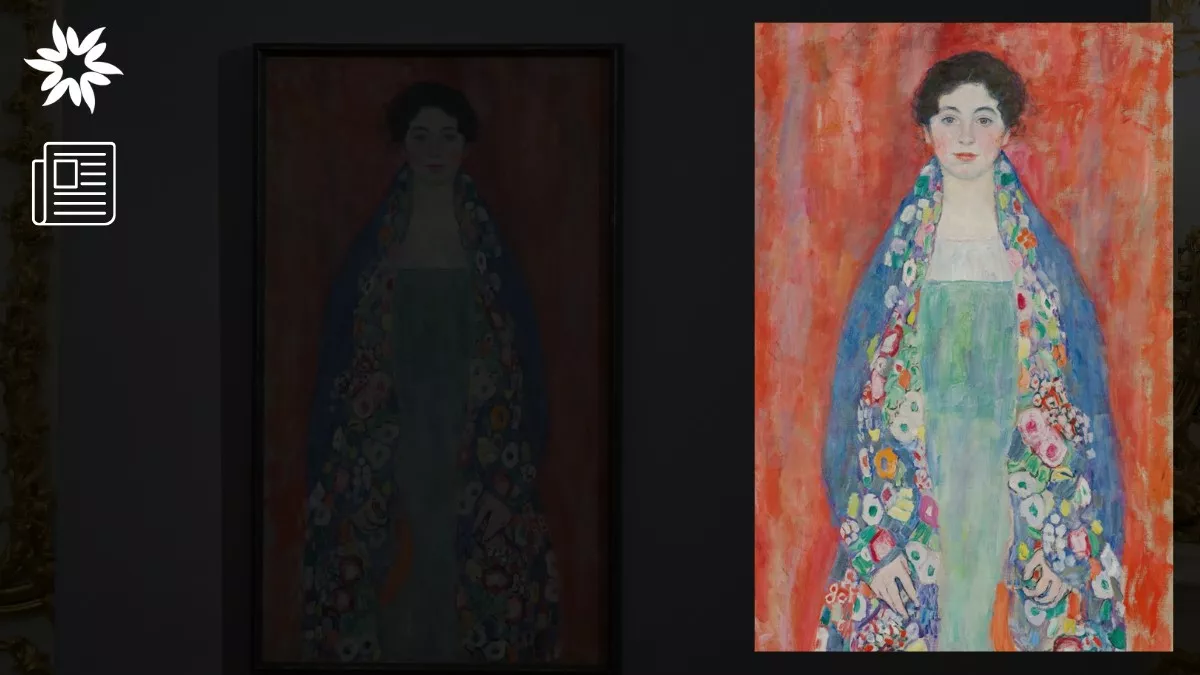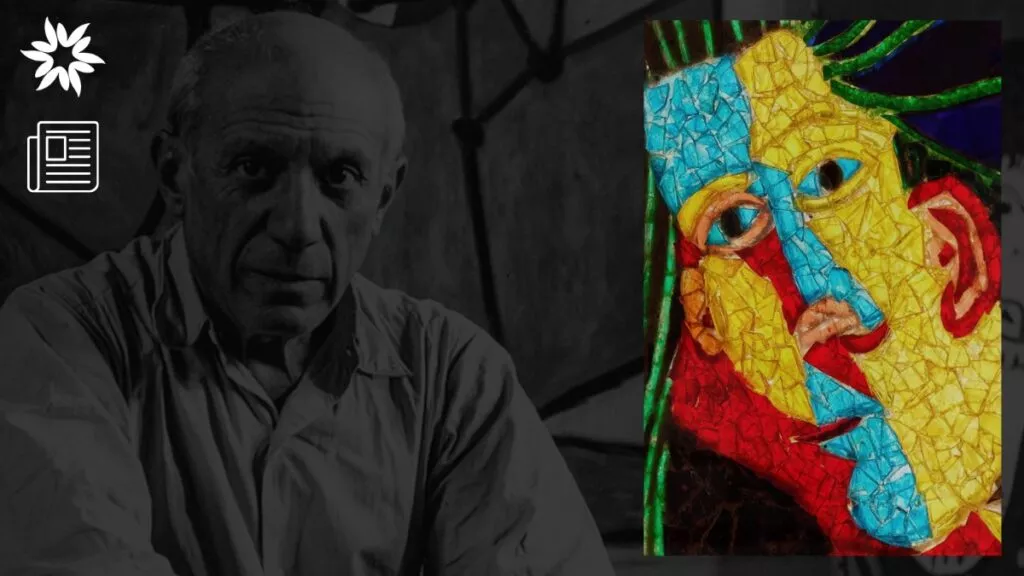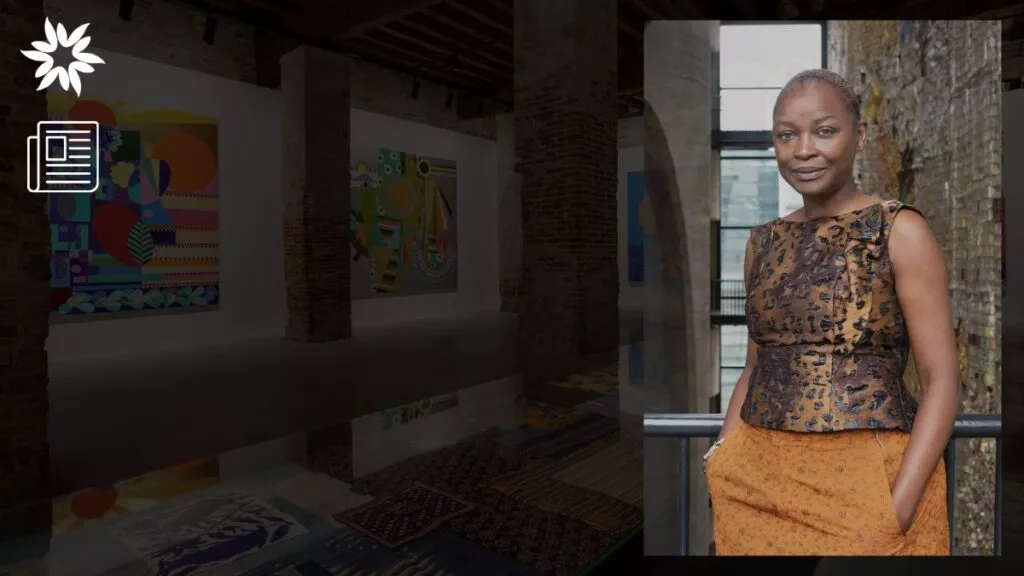In April 2024, a major art sale in Vienna made headlines around the world. A long-lost portrait by Austrian artist Gustav Klimt, titled Portrait of Fräulein Lieser, was sold for €30 million (about $32 million) at the Im Kinsky auction house. This was the highest price ever achieved at auction in Austria. However, the sale did not go through. The buyer backed out a few weeks later because of ongoing questions about who really owned the painting during and after World War II.
Key Takeaways
- Gustav Klimt’s rediscovered Portrait of Fräulein Lieser was sold for $32 million in April 2024, setting an Austrian auction record—until the sale was canceled over unresolved ownership claims.
- Disputes arose over the painting’s mysterious WWII-era provenance and the sitter’s identity, both tied to the Jewish Lieser family who suffered under Nazi persecution.
- Despite attempts to settle with the heirs of the original owners, a new claimant’s refusal to agree to terms led to the collapse of the sale and €1.5 million in losses for the auction house.
The Painting’s Rediscovery and Its Controversial History
To begin with, the painting had been missing for nearly a century. It was painted in 1917 by Gustav Klimt, one of Austria’s most well-known artists. When he died in 1918, the unfinished portrait was found in his studio. The subject of the painting was believed to be a young woman from the Lieser family, a wealthy Jewish family living in Vienna at the time.
The painting was last seen in a 1925 black-and-white photo, hanging in the home of Henriette Lieser, the ex-wife of industrialist Justus Lieser. Then, for nearly four decades, there was no public record of it. By 1961, the painting had somehow ended up in the hands of a different family, which kept it privately until 2022, when it was inherited by the current consignor and later offered for sale.
This long gap in the painting’s history caused concern. Most importantly, the unknown period covered Austria’s annexation by Nazi Germany from 1938 to 1945. During that time, many Jewish families—including the Liesers—were forced to flee, sell belongings under pressure, or have their property taken by force. Henriette Lieser herself was deported in 1942 and murdered at Auschwitz.
Aside from the historical context, Im Kinsky’s director, Ernst Ploil, who is also an expert in art law, said there was no proof that the painting was stolen or looted. Still, the doubts remained.
According to Austrian newspaper Der Standard, documents found at Vienna’s Museum of Modern Art (Mumok) suggested that Henriette may have sold the painting out of desperation after the Nazis froze her assets. From there, it was reportedly acquired by Adolf Hagenauer, a Nazi Party member. Hagenauer’s father-in-law had once worked as a butler in Henriette’s household. Eventually, the painting passed to Hagenauer’s daughter, who owned it until she died in 2022.
Questions About the Portrait’s Subject Complicate Claims
At the same time, historians were not even certain who was portrayed in the painting. The auction house believed the subject was one of Henriette’s daughters, possibly Annie or Helene. However, other art historians, including Tobias Natter and Alfred Weidinger, disagreed. They said the sitter was more likely Margarethe Lieser, the daughter of Adolf Lieser, Henriette’s brother-in-law.
This detail was important because it affected which branch of the Lieser family had legal rights to the painting. If the portrait was of Henriette’s daughter, then her descendants could make a rightful claim. But if it showed Adolf’s daughter, then a different set of heirs had ownership rights.
Buyer Agrees to Settlement, Then New Heirs Step Forward
Before the painting was auctioned, the consignor reached a private agreement with the known legal heirs of both Henriette and Adolf Lieser. According to that agreement, half of the sale proceeds would go to the families as a form of restitution, based on the possibility that the artwork had been taken or sold under pressure during the Nazi era.
The sale moved forward. On the day of the auction in April 2024, the painting sold to an anonymous buyer from Hong Kong, represented by Patti Wong & Associates. Although it sold for the minimum estimated price of €30 million, it broke Austria’s auction record.
However, shortly after the auction, new claimants emerged. They were the descendants of Hans Lieser, Margarethe’s brother. They argued that they had not been included in the original restitution agreement and should have been recognized as legal heirs.
The buyer, aware of the legal risk, decided not to complete the purchase until they could make new settlements with all heirs. Most of the heirs agreed to sign indemnity agreements, which would protect the buyer from future legal action. But one of Hans’s heirs refused to sign.
Because of this, the buyer withdrew from the deal. The sale officially collapsed in March 2025. According to Der Standard, the auction house could lose around €1.5 million ($1.7 million) due to the failed sale.








